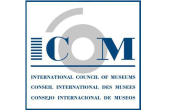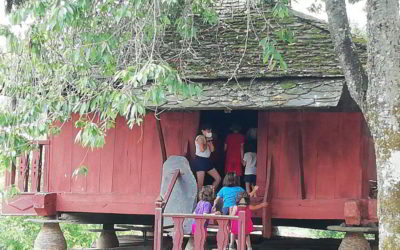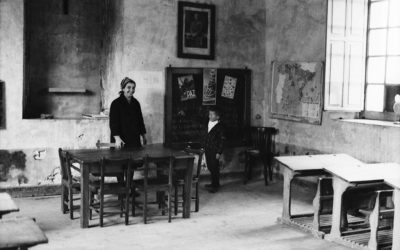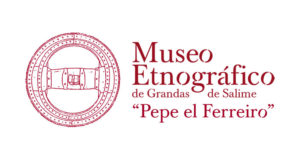The Museum
The Museum was founded in 1984 based on the ethnographic collection gathered by J. Mª Naveiras Escanlar, “Pepe el Ferreiro“, who was its promoter and director until 2010. Initially installed on the ground floor of the Town Hall of Grandas de Salime, the Museum was relocated to its current location in 1989, occupying the old Rectory House of the town, which was renovated for the occasion. Since then, the Museum has continued to grow and today, its facilities occupy a surface area of more than 3,000 m2. The exhibition areas are distributed in three main buildings that exemplify the traditional architecture of the region: Rectory House, Miller’s House and A Casoa. The open transit spaces are dotted with smaller architectural structures and furnishings with a specific purpose, which are also part of the exhibition, including the mill, the granary, the bakery, the cabazo and the chapel.
The central hub of the collection is made up of the initial list compiled by José María Naveiras Escanlar. It has subsequently undergone a constant increase through acquisition but, above all, through donations and deposits from private individuals. The material repertoire focuses on the traditional rural peasant way of life and the trades carried out in this setting, with its geographical scope referring to the councils of western Asturias, but also incorporating samples from other areas of Asturias, from various regions of the Iberian Peninsula and from different European regions.






